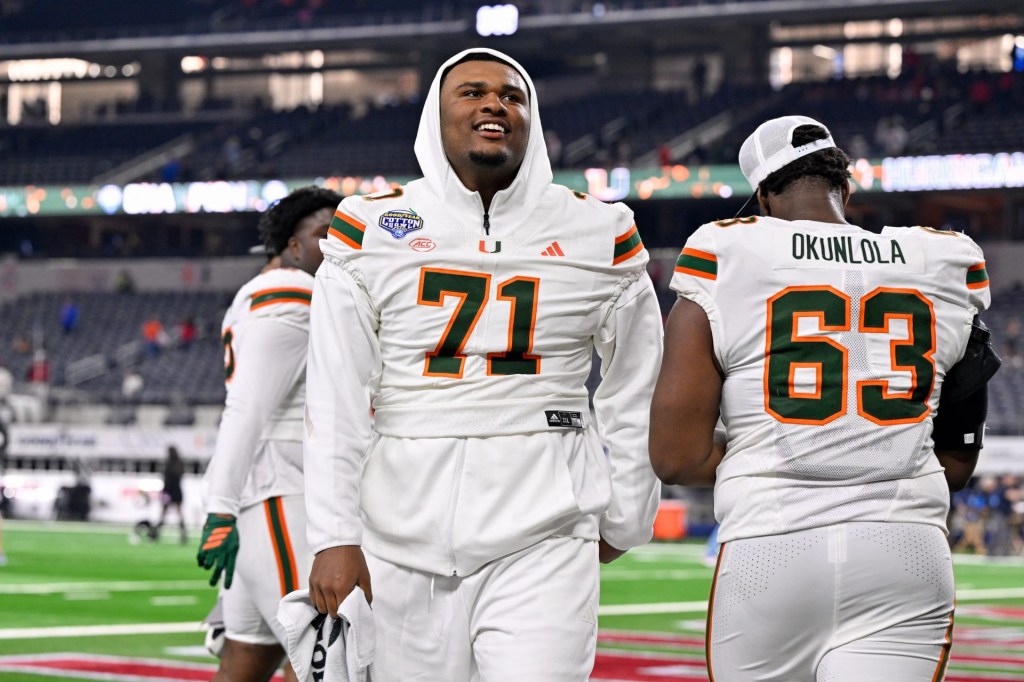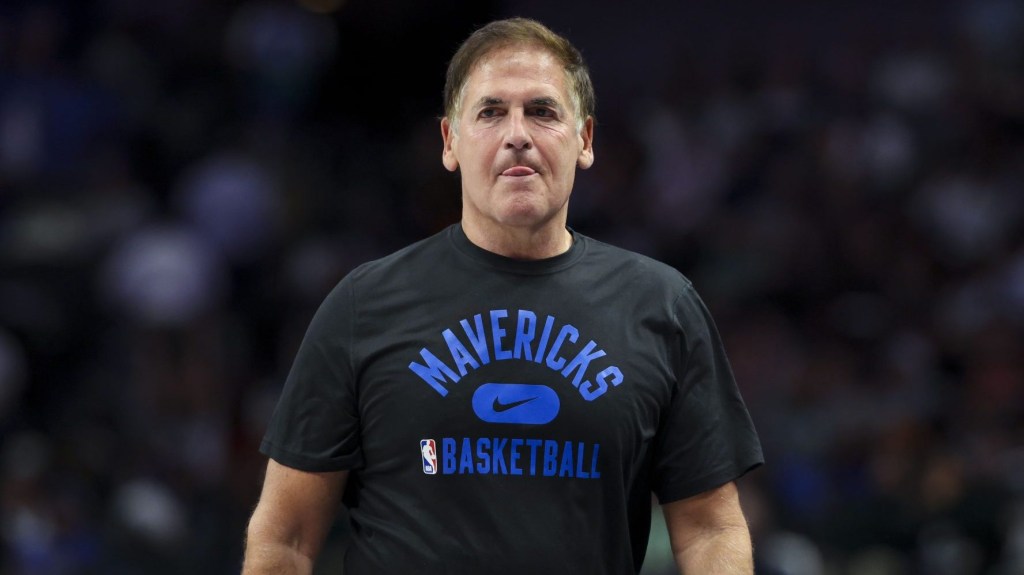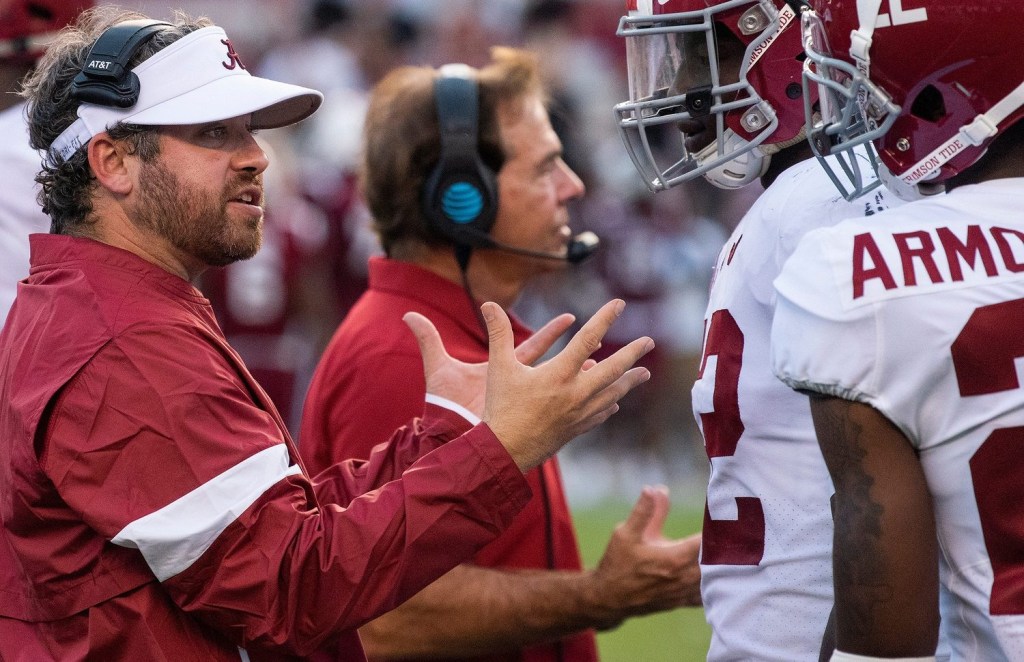The NCAA plans to send $613 million of revenue largely derived from March Madness to D-I schools this year, according to records released last week.
But there’s a catch: The payouts depend on the tournament’s schedule remaining intact.
If teams play every game, the NCAA will distribute the full amount, an NCAA spokesperson confirmed to FOS. (CBS Sports first reported this aspect of the payout plan.)
The spokesperson wasn’t able to immediately say what the distribution plan would be if any games are axed.
The Breakdown
Not every conference — or school — receives the same amount: The NCAA uses factors ranging from academic performance and number of sponsored sports to performance in March Madness to determine each payout.
This year, the “Basketball Performance Fund” and the “Equal Conference Fund” represent 37% of the distribution pie, by far the greatest portion.
Here’s how the NCAA appropriates the $222.5 million of performance money up for grabs: First, each D-I conference that plays men’s basketball receives a fixed amount from the Equal Conference Fund.
Then, conferences receive extra “units” for each of their teams that make the tournament beyond automatic bids. Conferences also receive units for every game besides the championship and the automatic qualifiers’ first games.
The NCAA awards money based on a “six-year rolling average” of units, meaning this year the money will be allocated based on the average of units received in tournaments between 2015-2020.
The Comparison
Since 2011-12 alone, the NCAA’s D-I distribution plan has grown by more than $100 million, records show.
The pandemic disrupted that trend. In 2020, the NCAA planned to distribute $600 million but was only able to send about $225 million when the tournament was canceled.
But from this year onward, the governing body expects growth. In 2032, the NCAA plans to send $826.6 million to schools — about 25% more than this year, documents show.

















